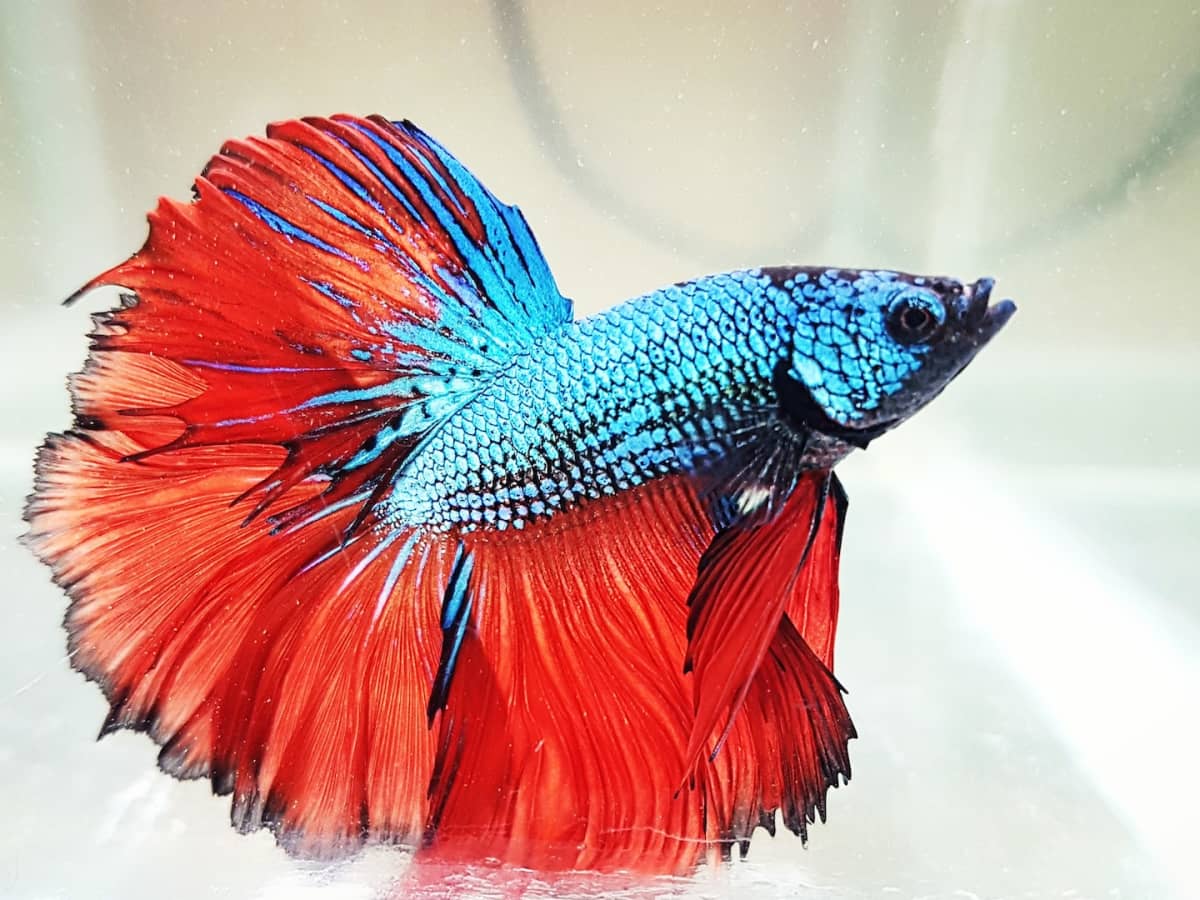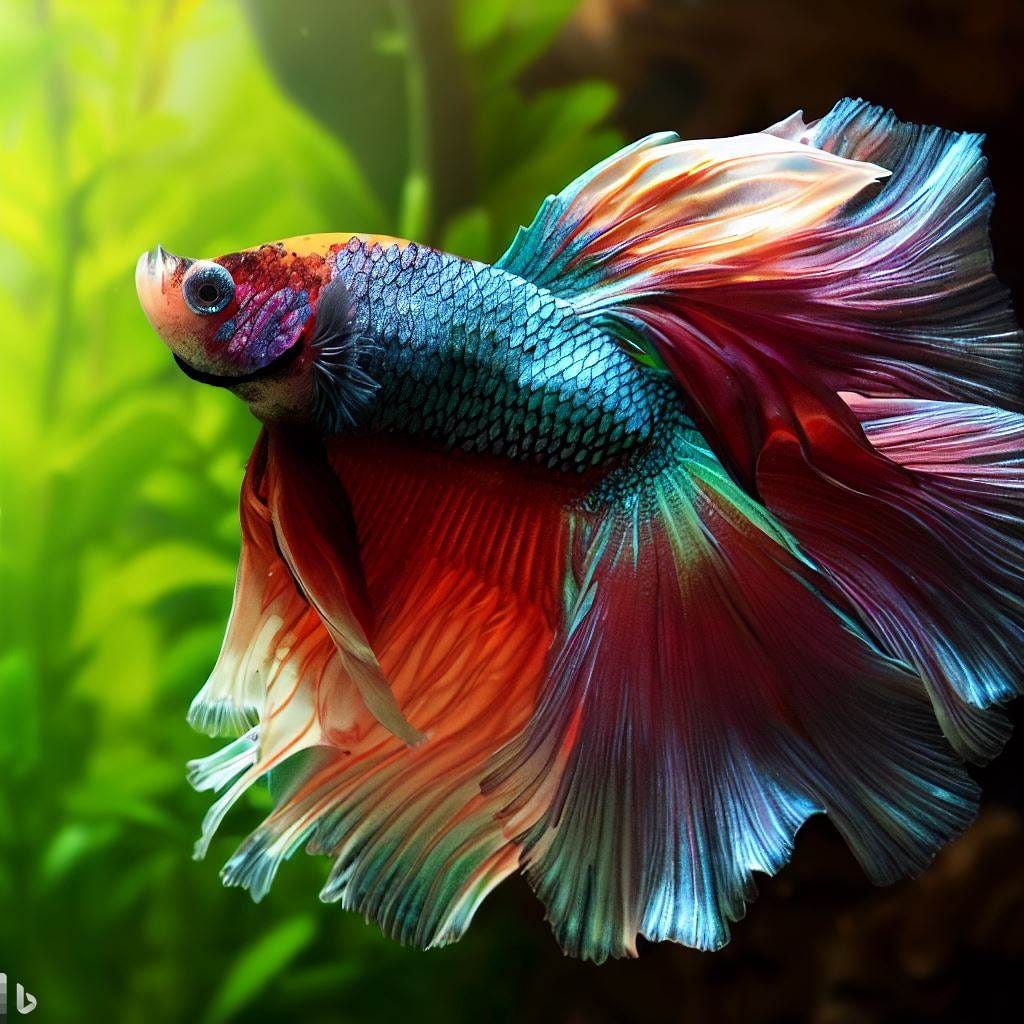Reproducing Betta Fish: a Comprehensive Step-By-Step Guide to Efficiently Raising Baby Bettas From Eggs to Their Adult Years
Breeding Betta fish is a meticulous venture that requires cautious planning and execution to make certain the effective growth of fry from eggs to mature fish. Picking genetically diverse breeding couple with desirable attributes is only the beginning; developing an optimal atmosphere and comprehending the intricacies of the breeding procedure are equally critical. As the male Betta vigilantly constructs a bubble nest and guards the priceless eggs, the subsequent phases of care and shift need interest to detail and knowledge of finest practices. Exactly how does one browse the tough yet gratifying course of nurturing these dynamic animals to adulthood?

Selecting Reproduction Pairs
When starting the journey of breeding Betta fish, picking the ideal breeding sets is vital to accomplishing desirable attributes and a healthy family tree - betta fish. The initial step in this procedure is to determine the specific attributes you want to boost or protect, such as color, fin kind, and physique. It is important to select genetically varied pairs to stay clear of inbreeding, which can cause health problems and undesirable attributes
Assess possible breeding prospects thoroughly. A healthy male Betta ought to show dynamic shades, an active temperament, and well-formed fins, while the woman should likewise present dynamic pigmentation and a rounded tummy, showing readiness for spawning. Observing the temperament of both fish is crucial, as aggressive or excessively reluctant individuals might not breed effectively.
Documents of lineage is just as essential. Maintaining documents of the parent fish's origins can aid you track hereditary attributes and possible concerns. Additionally, get in touch with reliable breeders or on-line sources for guidance on choosing suitable sets. Ultimately, investing time in the choice procedure will significantly enhance the probability of generating solid, vivid offspring that meet your breeding goals (betta fish).

Preparing the Reproduction Tank
Developing an ideal reproduction atmosphere is a key action after choosing suitable sets for Betta fish. The breeding container must be specifically designed to supply comfort and boost the natural reproduction habits of the fish. Start with a storage tank size of at the very least 10 gallons to guarantee adequate area for both the man and female Bettas.
Maintain a gentle purification system to keep the water tidy while preventing solid currents that can stress the fish. In addition, an air stone can be included in provide oxygenation without interfering with the water surface as well much.
Temperature law is vital; objective for a secure series of 78-82 ° F(25-28 ° C) utilizing a reliable heating unit. The pH degree ought to be preserved in between 6.5 and 7.5, and regular water modifications are necessary to guarantee high water top quality.
Incorporate floating plants or generating sponges to create hiding places for the lady, while also motivating bubble nest structure by the man - betta fish. Make sure the container is free from sharp decorations and any prospective dangers, as the well-being of the fish should always be prioritized during this vital stage of reproduction.
The Reproduction Refine
Commonly, the reproducing procedure for Betta fish entails a collection of distinct and observable behaviors that indicate readiness for reproduction. The male Betta begins by building a bubble nest at the water's surface, which acts as a site for the fertilized eggs. This nest is crucial, as it supplies a secure setting for the eggs till they hatch out.
When the nest is developed, the male will present courtship habits, such discover this as flaring his fins and displaying lively colors to attract the female. The female, upon picking up the man's readiness, will certainly react by showing vertical stripes along her body, signifying her receptiveness.
When the women techniques, the male participates in a mating dance, often causing an embrace called the "spawning." Throughout this accept, the female launches her eggs, which the male fertilizes instantly. The fertilized eggs after that fall to the bubble nest, where the male thoroughly collects and returns them to the nest. Following this, the male thinks obligation for guarding the nest and ensuring the safety and security of the eggs up until they hatch out, normally within 24-36 hours. This stage is critical in the reproducing process, laying the structure for successful fry development.
Taking Care Of Betta Fry
Taking care of Betta fry requires cautious focus to their atmosphere and nourishment to guarantee healthy and balanced growth and advancement. After hatching out, Betta fry are incredibly tiny and susceptible, demanding a stable and tidy environment. Maintaining a water temperature level in between 78 ° F and 80 ° F is important, as Betta fry grow in warm conditions. In addition, guarantee that the water is without damaging contaminants; regular water modifications of 10-20% are advised to maintain optimal water high quality.
Feeding Betta fry is just as vital. Initially, they ought to be used infusoria or carefully smashed premium fry food, as their mouths are as well little to handle larger bits. As they grow, you can progressively introduce larger foods, such as baby brine shrimp or powdered flakes, to guarantee they obtain ample nourishment. Feed them small quantities numerous times a day, bewaring not to overfeed, which can bring about water top quality concerns.
Transitioning to Adult Bettas
As Betta fry fully grown, transitioning them to grown-up Bettas is a critical stage that calls for cautious administration of their atmosphere and social interactions. This procedure commonly starts when the fry reach around six weeks of age, whereupon they can be progressively introduced to a more organized living environment.
To facilitate this transition, it is vital to make sure that the go to website water criteria-- such as temperature level, pH, and ammonia levels-- are optimum and steady. Grown-up Betta fish flourish in cozy water (around 78-80 ° F) with a pH of 6.5 to 7.5. Slowly adjust the webpage fry to these problems to reduce stress and anxiety.
Social interactions are an additional essential variable; male Bettas are infamously territorial and aggressive. As a result, it is advisable to different men into specific tanks as they develop. Female Bettas can be housed with each other, but care needs to be taken to keep track of for indicators of aggression.
Furthermore, nutritional adjustments ought to be made as the fry expand. Incorporate premium pellets and live foods to sustain their development and wellness. By managing these elements successfully, you can advertise an effective transition to their adult years for your Betta fish.

Conclusion
Successful breeding of Betta fish calls for cautious attention to information throughout the entire procedure, from choosing genetically diverse sets to offering optimum care for fry. Additionally, a well balanced diet and steady adaptation to grown-up settings are essential for the development and development of Betta fish.
Comments on “Usual Betta Fish Conditions and Just How to stop Them”